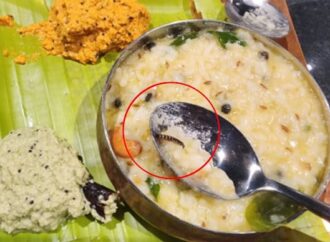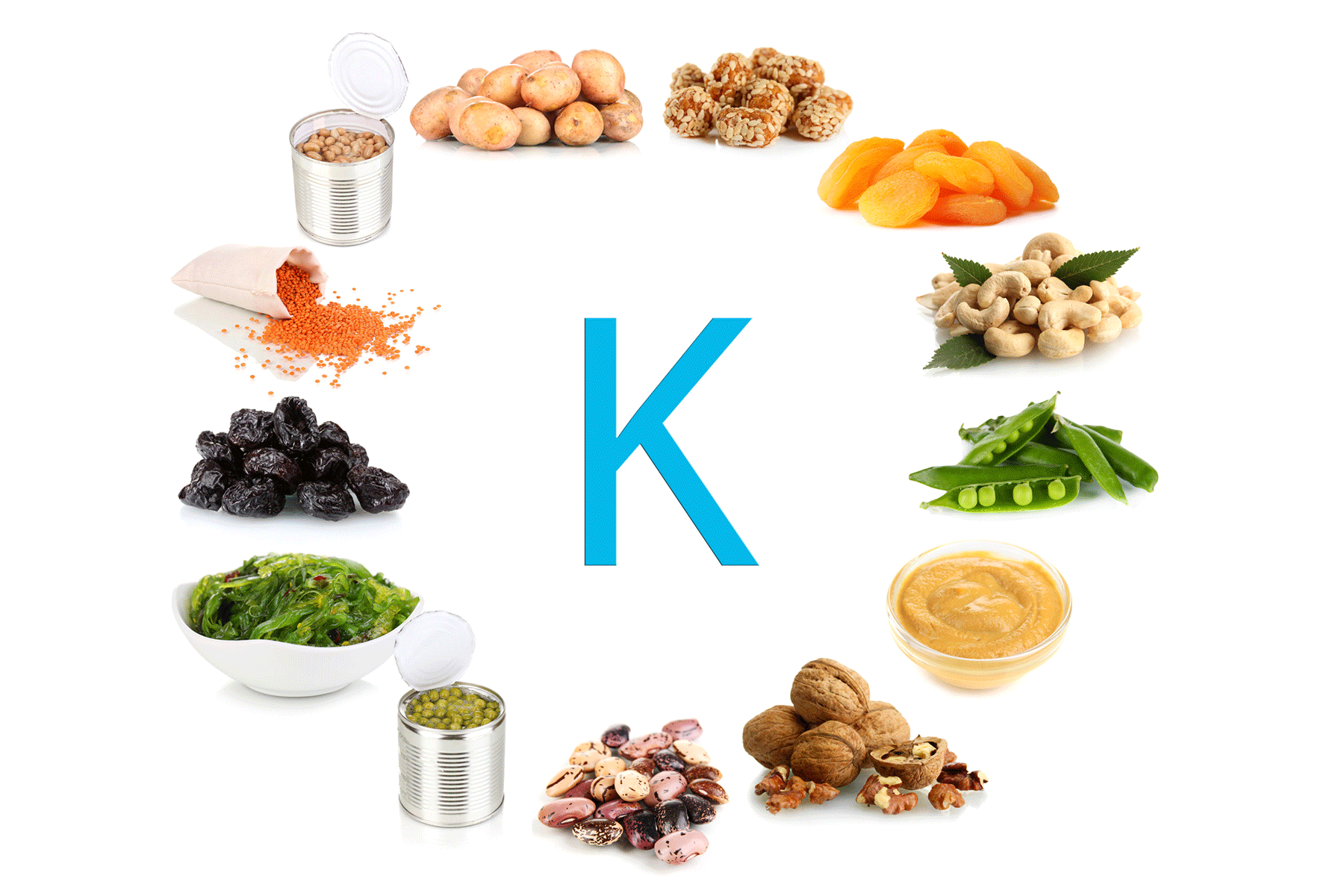Lead Contamination in South Asian Turmeric
A recent study reveals high lead levels in various turmeric samples sold in India, Nepal, and Pakistan, with some exceeding 1,000 micrograms per gram (µg/g) per dose, far above regulatory limits. The Food Safety and Standards Authority of India (FSSAI) caps the allowable lead content in turmeric at 10 µg/g.
Regulatory Concerns
Published in Science of The Total Environment, the study analyzed turmeric samples from 23 cities across India, Pakistan, Sri Lanka, and Nepal, finding lead concentrations above 2 µg/g in about 14% of samples. Researchers from Stanford University, in partnership with Pure Earth and India’s Freedom Employability Academy, noted that lead can interfere with essential bodily functions by mimicking calcium and accumulating in bones.
Geographic Spread and Analysis
Seven cities had turmeric samples with lead levels over the 10 µg/g limit: Patna, Guwahati, and Chennai in India; Kathmandu in Nepal; and Karachi, Islamabad, and Peshawar in Pakistan. In India, Patna recorded the highest concentration at 2,274 µg/g, followed by Guwahati at 127 µg/g. Polished turmeric roots, commonly treated to enhance colour, showed the highest contamination levels, followed by loose powders. In contrast, packaged and branded turmeric products had relatively lower lead levels, suggesting that loose and under-regulated turmeric is more susceptible to contamination.
Health Risks of Lead Exposure
Although lead contamination in turmeric remains legal, it poses serious health risks, particularly to children. Studies link lead exposure to issues such as reduced intelligence, behavioural problems, and developmental delays. Research indicates that even blood lead levels as low as 3.5 µg/dL can impair cognitive and behavioural development. Globally, experts estimate that over 800 million children have blood lead levels well above safe thresholds.
Lead Chromate: The Primary Culprit
The researchers identified lead chromate—a yellow pigment often used in industrial products like paint—as the main contaminant. While lead chromate intensifies turmeric’s colour, it also introduces toxic lead, a practice associated with lead poisoning in countries like Bangladesh and the United States. Previous investigations of the turmeric supply chain in Bangladesh found that adding lead chromate to low-quality turmeric roots has been a long-standing practice to improve appearance.
Supply Chain Concerns
The researchers called for a deeper investigation into South Asia’s turmeric supply chains. “Given the overwhelmingly elevated lead levels in turmeric from these locations, urgent action is needed to halt the practice of lead chromate addition in the turmeric supply chain,” they wrote in the study.
Source: India Today
 Food Manifest
Food Manifest 


















